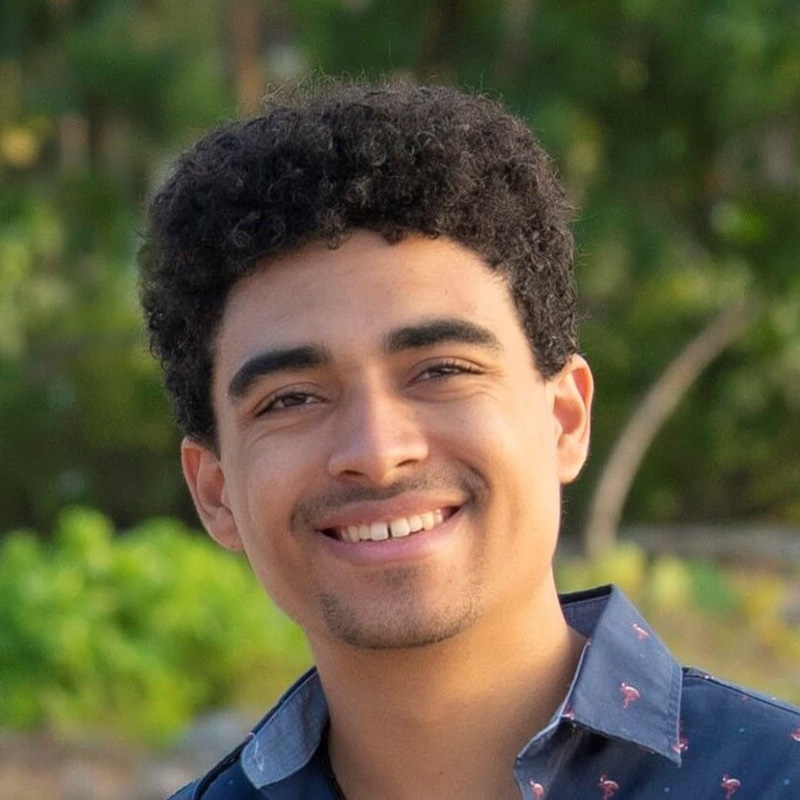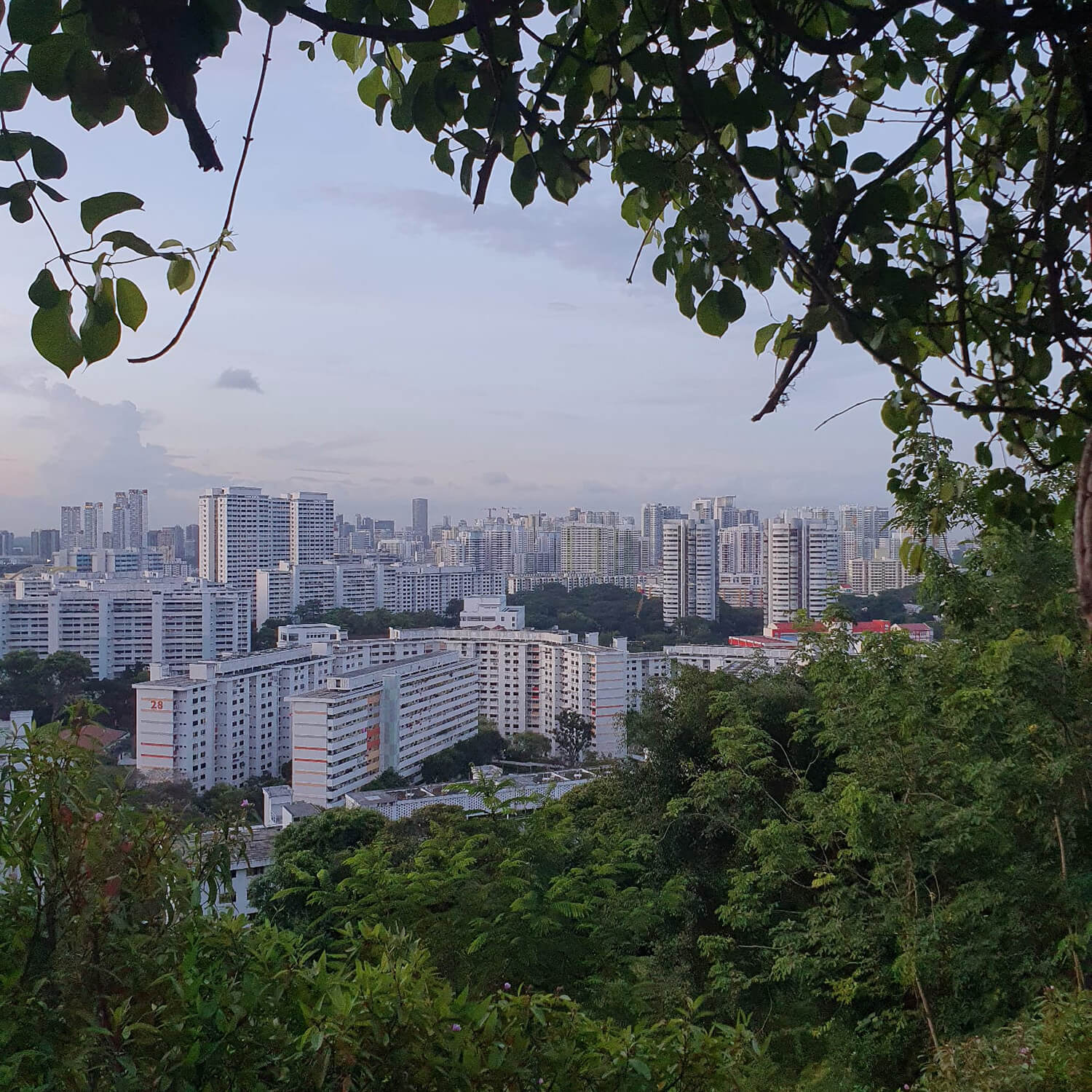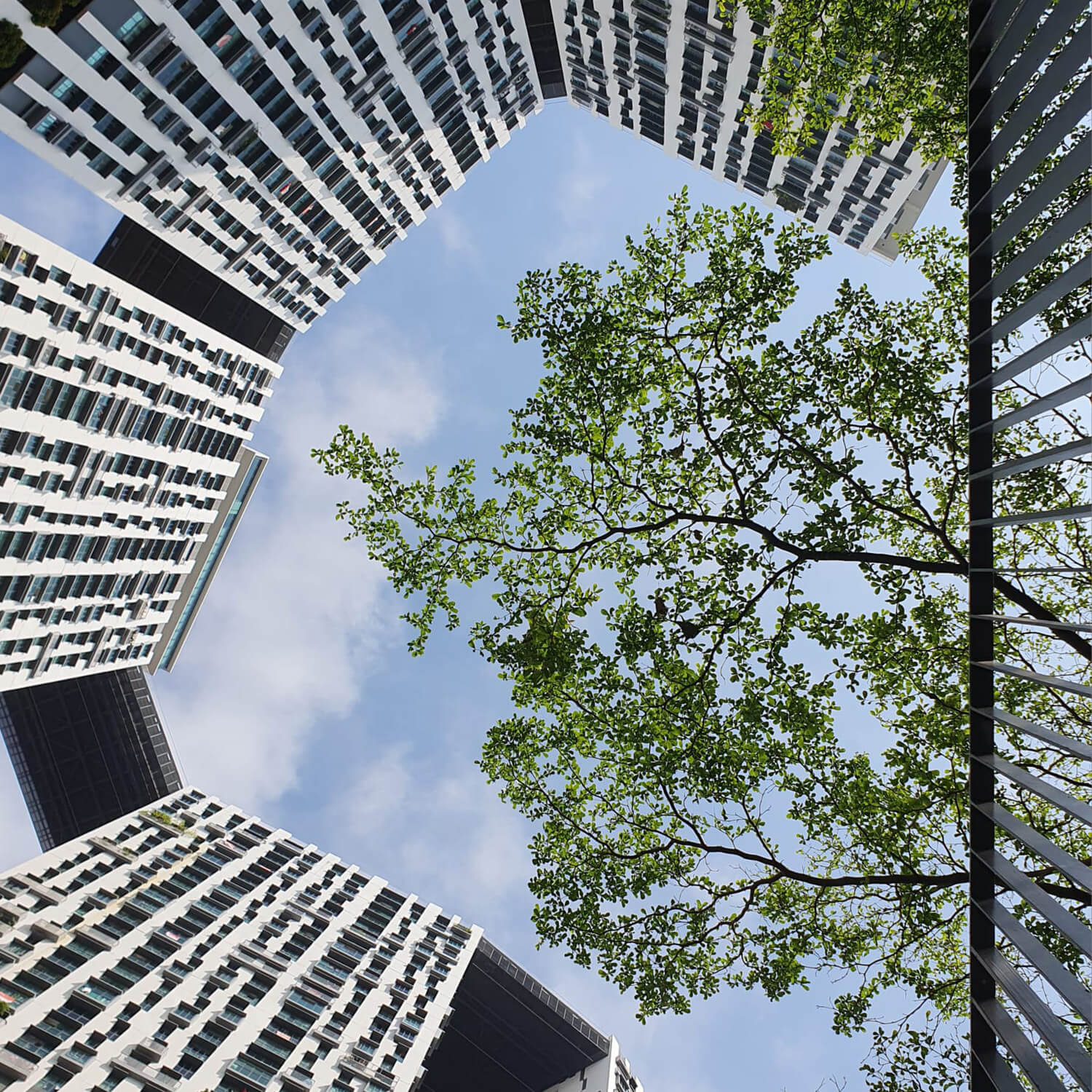Reflections from 7 Months in Singapore

Julian Menko
Student ambassador for Asia
Singapore knows how to keep you on your toes. While a modern and futuristic city by any account and a society with clear structures which one must learn, Singapore still carries a strange sense of familiarity. One will often see the juxtaposition of this modernity and fast-paced urban life mixed with a slower pace of life and remnants of a Singapore of the past.
I have often felt that Singapore’s growth has been very considerate and contextually appropriate. While you certainly see the impacts of globalisation on modern Singapore, with modernist architecture, global chains, and a more internationally familiar standard English, you need not look far to see the papaya and passion fruit trees growing on the roofs or courtyards of public housing blocks, or to find a Kopitiam (coffee shop) serving the local drinks, or to hear ‘Singlish’ being spoken.
Singapore is well known internationally for its prominent skyline, the world’s best airport, and bustling city centre, given its position as a key international business centre. However, this is the same place where you still see laundry drying out of most windows in housing blocks, where the doors of apartments are open when you pass and you can hear the sound of the radio in Hokkien or Teochew. You will still find uncles and aunties chatting and playing games in the void decks (open ground floor of public housing blocks).


From most vantage points, your view is a sea of housing blocks and businesses. But at any given point you are never more than a 10-minute walk from green spaces, and the extent of easily accessible natural areas always provides a welcome respite from city life. For better or worse, I am still awakened by the sound of an array of familiar and unfamiliar bird sounds each morning, despite being in the city with busy transport around. The vibrant mix of regional cultures (Southern Chinese, Malay and Tamil) makes for a lively walk down many streets, with preserved Chinese shop houses facing a Hindu temple and the rising skyscrapers in the background.
While the extent of Singapore’s development is debated by many, and its impacts for the near future and new generations remain unclear, it raises the ever-important question for Caymanians, as the Cayman of today is essentially unrecognisable in many ways to our older generations. What do Caymanians truly value, and will we make the necessary efforts to preserve them in the face of modernisation and rapid development? How do we envision our future? Out of everywhere I have been, Singapore certainly has been the most thought-provoking case so far. Singapore presents an interesting example of how a small island has achieved a high quality of life for its citizens and incredibly modern infrastructure (surpassing any European or North American city I’ve visited) while trying to maintain its cultural heritage and identity and build for social and environmental sustainability. Based on our current trajectory, I truly wonder what the Cayman of our future will look like.


